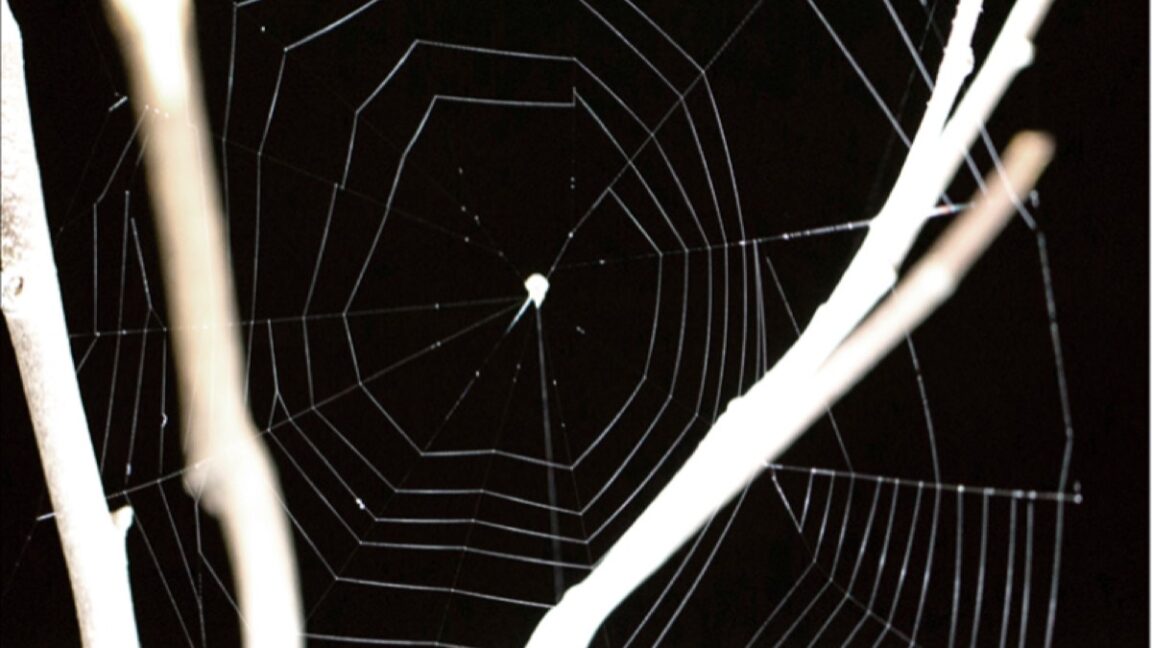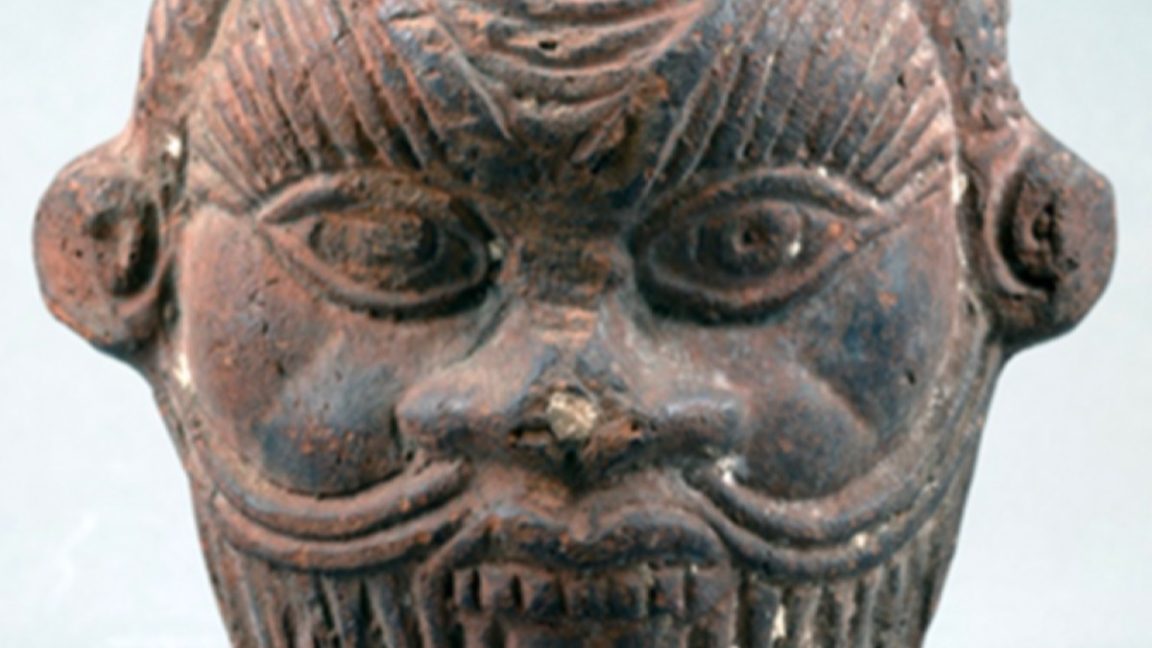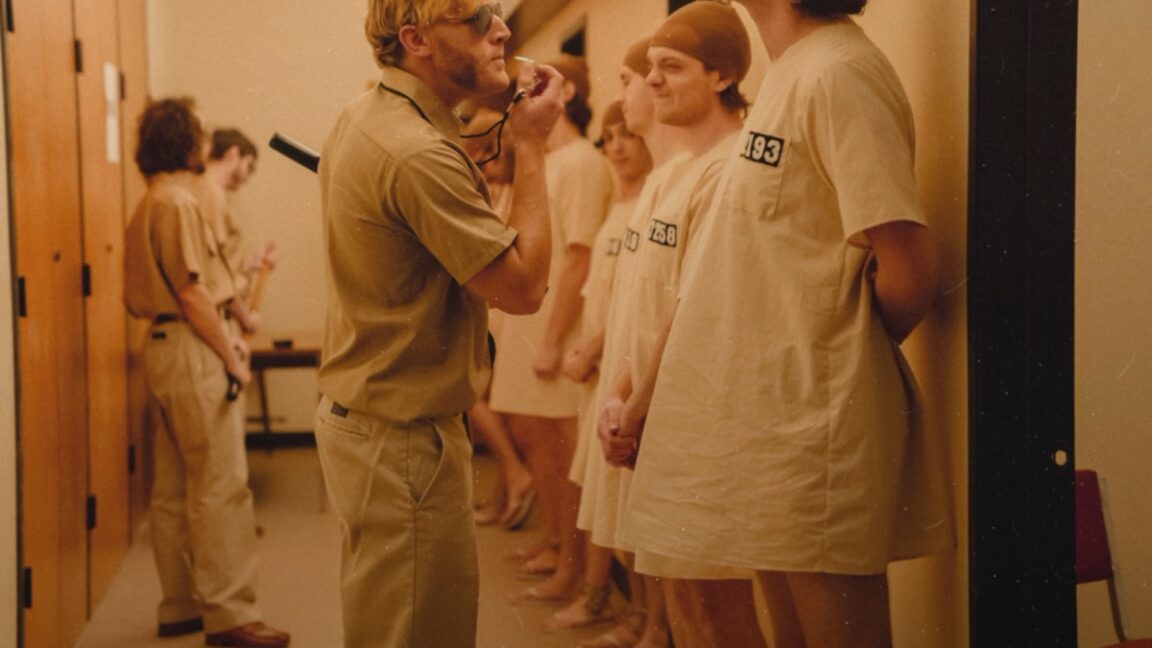These spiders listen for prey before hurling webs like slingshots
Ray spiders deploy an unusual strategy to capture prey in their webs. They essentially pull it back into a cone shape and release it when prey approaches, trapping said prey in the sticky silken threads. A few years ago, scientists noticed that they could get the spiders to release their webs just by snapping their fingers nearby, suggesting that the spiders relied at least in part on sound vibrations to know when to strike. Evidence for that hypothesis has now been confirmed in a new paper published in the Journal of Experimental Biology.
Most spider orb webs are static: the spiders weave them and fix them in place and then wait for prey to fly into the webs. That causes the silk threads to vibrate, alerting the spider that dinner is served. There are some species that actively actuate their webs, however, per the authors.
For instance, the triangle weaver spring-loads its triangular web once an insect has made contact so that the threads wrap around the prey in fractions of a second. Bolas spiders seem to detect prey in their vicinity through auditory cues, throwing a line of silk with a sticky end at passing moths to catch them. Ogre-faced spiders also seem to be able to hear potential prey, striking backward with a small silk net held in their front legs. It's a more proactive hunting strategy than merely waiting for prey to fly into a web.


© S.I. Han and T.A. Blackledge, 2024



































